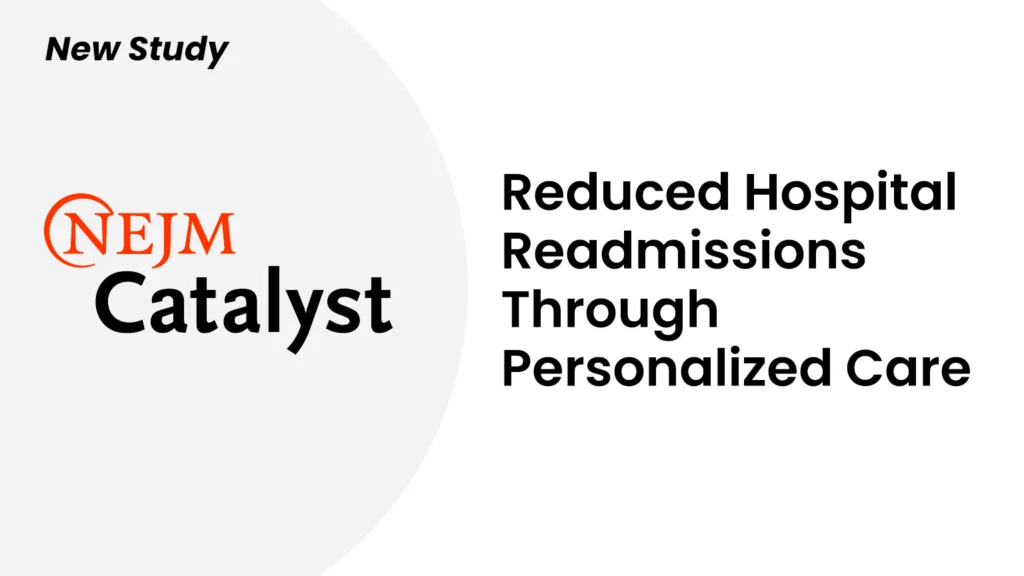SHARE:
[DISPLAY_ULTIMATE_PLUS]
“I can’t stop coughing. My chest is tight and I’m having trouble breathing. Do I have the coronavirus?”
Health systems are fielding an unprecedented number of patient inquiries related to the coronavirus. WELL clients saw the volume of messages about COVID-19 increase 51 fold since the beginning of March. To state the obvious: this overwhelms call centers and administrative staff.
Most of the new inquiries are patients trying to understand their symptoms and what they should do about them. Do they need to stay in self-quarantine? Should they get tested? Should they seek medical care? Coronavirus symptom checkers seek to answer them.
Use symptom checkers to initiate triage
Numerous web and app-based triage tools have popped up in the marketplace to meet the demand for quick answers. Diagnostic Robotics, Buoy, Providence St. Joseph Health, Conversa, Wolters Kluwer, Gyant, Twilio, Apple, and Google have all developed symptom checkers. Most are based on the CDC’s guidelines. And the agency itself offers a Self-Checker on its website.
What do symptom checkers do?
Symptom checkers ask many of the same questions health care providers do on the phone with patients:
- Do you have a fever?
- Are you experiencing severe or constant pain or pressure in your chest?
- In the last two weeks, have you come in contact with someone diagnosed with COVID-19?
Questions are responsive, meaning they change based on how a patient answers. For example, the CDC’s Self-Check initially asks if a patient is experiencing any one of a list of life-threatening symptoms. If they answer yes, the Self-Check recommends emergency medical care. If no, the bot continues with additional questions and recommends a course of action, such as self-quarantine.
How health systems can leverage symptom checkers
The challenge for patients is which one to trust. Sometimes patients visit multiple symptom checkers and receive different recommendations. Or they’re unaware of the availability of a symptom checker at all. Ultimately, the voice they trust the most is their provider’s.
Integrating a symptom checker into your existing text messaging workflow provides an added layer of trust for patients. It also allows them to ask any followup questions based on the recommendations they receive.
For health systems, it helps them allocate limited resources in a clinically effective and cost-effective way.
WELL delivers symptom checkers via text messaging
WELL seamlessly combines personal communication with interactive online health resources in a single message thread. This reduces the burden on your staff and call center by automating the process. And it provides trusted guidance to your patients.
Because WELL offers conversational messaging, patients can also receive manual support when they have follow-up questions about results they receive after checking their symptoms.
The current situation presents a need and an opportunity to remotely triage patients who are experiencing symptoms associated with COVID-19. This reduces viral transmission risk, allows you to continue caring for patients in the event of an office closure, and frees your staff to deal with high acuity patients.
Messaging workflows for sharing symptom checkers
WELL recommends several workflows for sharing symptom checker tools to your patients:
Auto-response: Automatically respond with a link to your symptom checking tool when patients reach out to you with questions that include keywords related to COVID-19, such as: Fever, Cough, Breathing, or Chest pain.
Mention user group: Create an enterprise user group devoted to responding to patients who have symptoms and automate mentions to this group. WELL will send notifications to this group when the patient texts in with the chosen keywords.
Mass outreach to targeted patient populations: Identify patients you want to collect symptoms from and distribute a link to your symptom checking tool via Broadcast or Campaign. You can also reach out to patients with suspected or confirmed cases in self-quarantine or patients who may have been exposed to the virus to conduct contact-tracing.
Proactive outreach for scheduled encounters: One week prior to an appointment, proactively ask patients to self-report symptoms and direct them to the appropriate care.
Post-encounter followup: Following an appointment, virtually or in-person, send a message to patients thanking them for their visit and encouraging them to use your symptom checker if they experience symptoms or existing symptoms worsen.
Let symptom checkers lend a hand
Whatever coronavirus symptom checker you utilize, make sure your patients have access to it and can follow up with their provider by text. It’s a valuable resource for patients and lessens the burden on your health system. ♥



